
India’s urban landscape is transforming rapidly. Skyscrapers rise where fields once lay, and families navigate the realities of apartment living—often far smaller than the sprawling ancestral homes of old. Yet, within these concrete boxes, a subtle war is waged: not over space, but over style. Is less always more? When does “more” become less meaningful? For today’s urban Indians, the debate between maximalism and minimalism is not only about aesthetics, but about identity, memory, and adaptation.
For generations, Indian homes have overflowed with color, pattern, and ornamentation—a celebration of abundance and sentiment. The maximalist approach is deeply embedded in our heritage. But as global trends and practical constraints seep into city life, minimalism’s clean lines and gentle restraint find increasing favor with younger homeowners and design enthusiasts. The clash between these philosophies not only raises questions about taste, but about functionality, sustainability, and the soul of our living spaces.
This blog will explore the roots of maximalist and minimalist design in India, their strengths and confusions, and offer a roadmap to finding the middle ground—an approach that honors tradition, embraces innovation, and addresses the unique needs of modern Indian apartments.
Understanding Maximalism: A Tapestry of Indian Identity
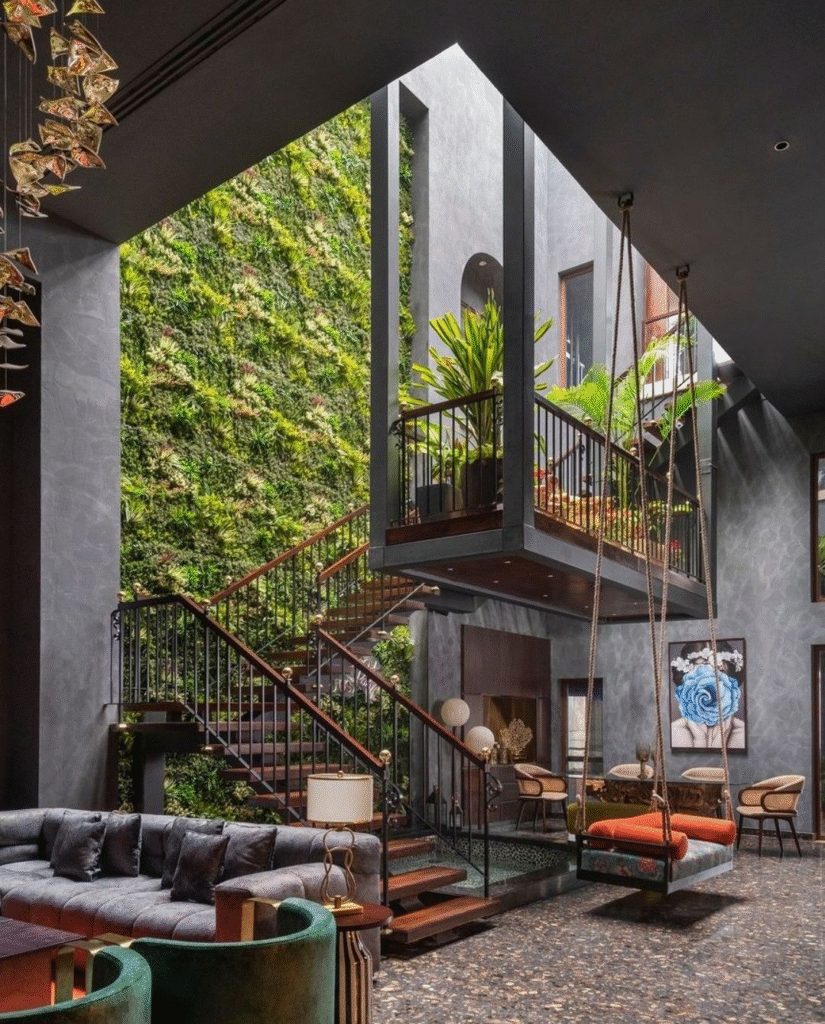
Maximalism, in design, is the art of “more”—more colors, more textures, more layers, more stories. In the Indian context, maximalism isn’t mere excess but meaningful accumulation.
The Cultural Roots
- Family and Heritage: Indian families often save, display, and inherit items across generations. That ornate swing (jhoola) in the living room, a brass lamp from a grandmother’s dowry, and walls covered with sepia-toned photographs are repositories of personal history and collective memory.
- Festivals and Rituals: Every festival brings out a new wave of decor. Lights for Diwali, flowers for Onam, drapes and colors switching for each occasion.
- Crafts and Textiles: Handlooms, rugs, brassware, mirrored textiles, hand-painted ceramics—these elements reflect a vibrant artisanal culture and regional diversity.
Aesthetic Principles
Maximalist Indian homes thrive on:
- Color: Saturated hues—marigold yellow, deep blues, vibrant pinks, earthy reds.
- Pattern: Paisleys, florals, geometrics, and religious motifs jostle together in joyous abundance.
- Layering: Curtains over sheers, rugs upon tiled floors, cushions in every conceivable color and material.
- Symbolism: Every object has meaning—Ganesh figurines at the door, wall hangings signifying prosperity, ancestral photos and wedding mementoes at the heart of the home.
Maximalism is not random chaos; it’s curated abundance, where every object earns its space through emotional resonance.
The Minimalist Wave: Global Influence, Urban Necessity
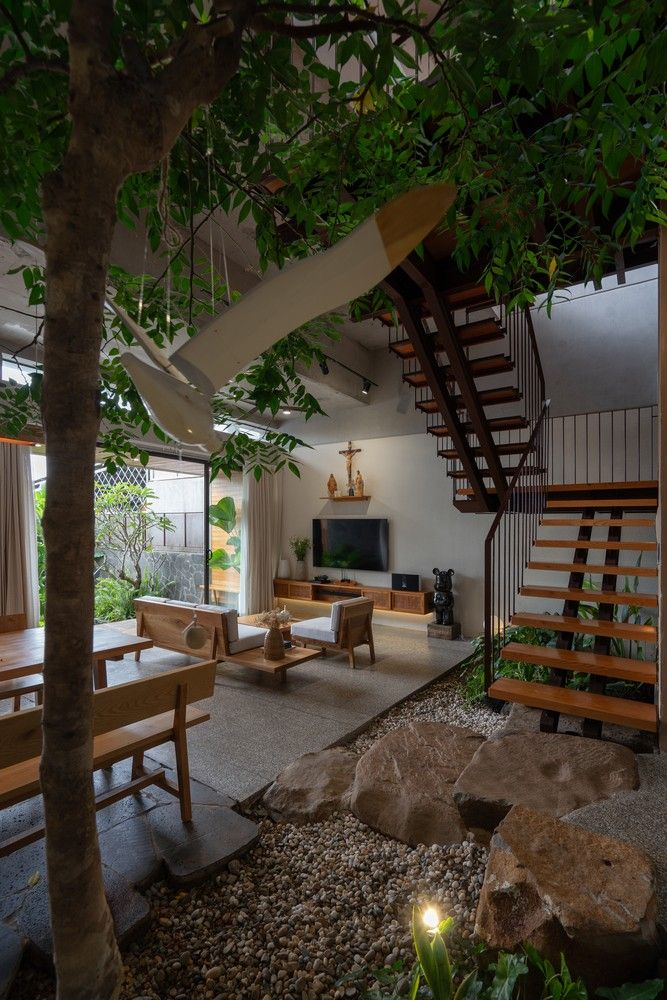
Minimalism entered Indian consciousness not just as a design trend but as a philosophical counter-point. It asks: What if less really is more? In tiny city apartments, minimalism is not only about aesthetics but about psychological space.
The Origins
- Japanese Zen and Scandinavian Simplicity: International design magazines and Instagram feeds introduced clean lines, uncluttered rooms, and muted palettes.
- Practical Constraints: As homes shrank, clutter became an irritant. Young Indians started asking: Do I need four sofa sets? Will a bare wall make my home seem bigger?
- A New Mindset: For some, minimalism isn’t just style—it’s an eco-conscious choice, focusing on sustainability and the reduction of consumer excess.
Minimalist Principles
A minimalist Indian apartment stands for:
- Space: Open layouts, less visual noise.
- Neutrality: Whites, greys, beiges, and natural wood.
- Function Over Form: Every item must earn its keep—utility is paramount.
- Decluttered Living: Storage is hidden; surfaces are bare; sentimentality is strictly rationed.
Minimalism, at its best, brings calm—a soothing antidote to the dizzying pace of city life.
The Dilemmas of Extremes
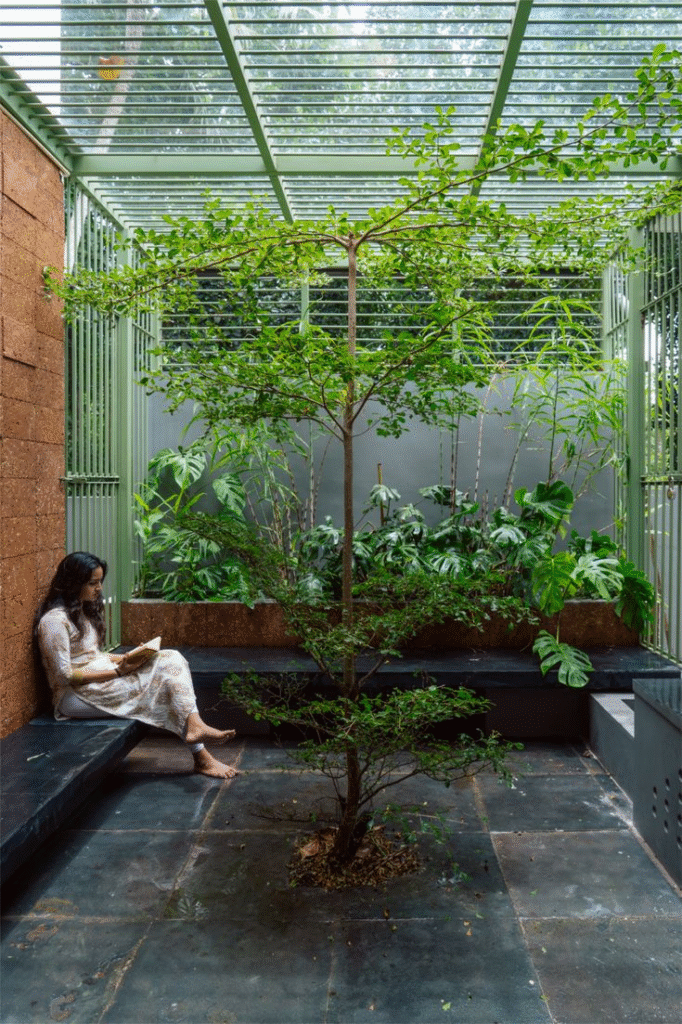
While both maximalism and minimalism offer strengths, extremes reveal limitations.
The Problems of Overabundance
- Visual Fatigue: Too many patterns and colors can overwhelm, making apartments feel smaller and chaotic.
- Maintenance: Maximalist homes require constant cleaning and curation.
- Dated Aesthetics: Layers of trends or inherited pieces can crowd out contemporary relevance.
The Pitfalls of Extreme Restraint
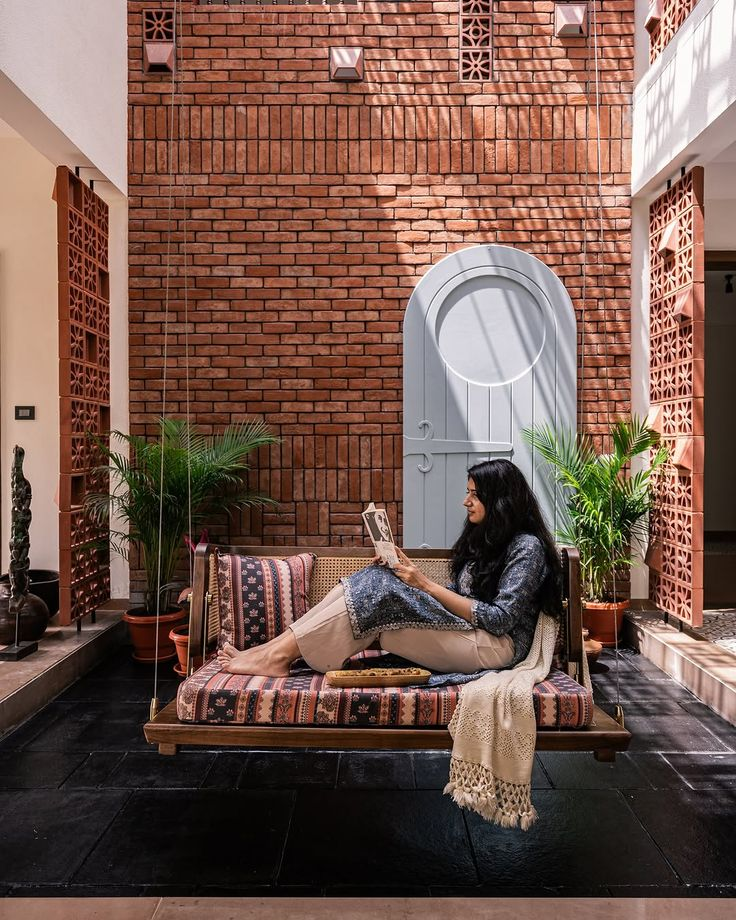
- Sterility: Minimalist homes risk feeling cold and impersonal—especially in a country where family is everything.
- Lack of Expression: Overly pared-down spaces may ignore cultural richness or personal narrative.
- Practical Concerns: With minimal furniture, entertaining guests (crucial to Indian social life) can be cramped and uncomfortable.
Most Indians, intuitively, know that neither extreme feels wholly right. The quest for a middle ground is not just about design—it’s about making homes that feel “just right.”
Toward the Middle: Hybridity and Balance
What does a middle ground between maximalism and minimalism look like? It’s not about compromise, but about curated integration—drawing from both traditions to create homes that are modern, meaningful, and functional.
Philosophical Shifts
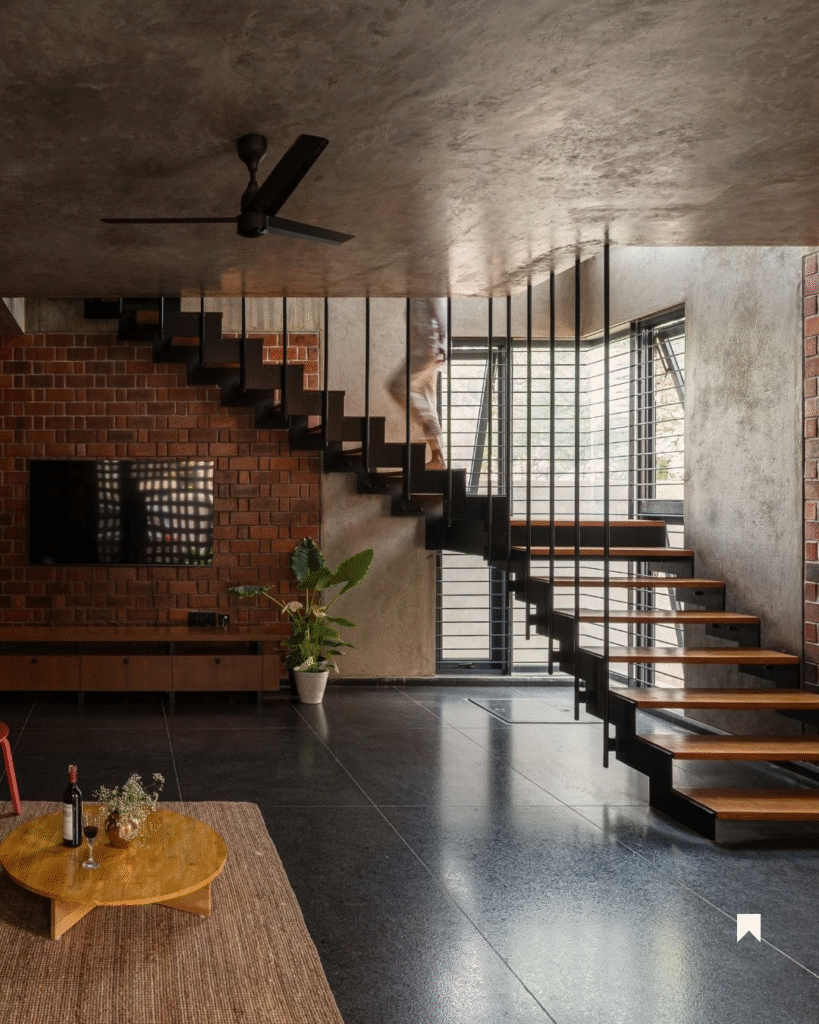
- Intentionality: Rather than collecting things for the sake of tradition or paring down for the sake of trend, the middle ground asks: What brings joy? What serves a purpose?
- Flexibility: Some corners can be maximalist (a colorful puja room, a photo wall) while others remain minimalist (bathrooms, kitchens).
Core Principles
1. Selective Sentimentality
Keep objects that have real emotional meaning but avoid overcrowding. Instead of dozens of photos, create a single gallery wall.
2. Controlled Color
Use pops of color—perhaps a vibrant rug or feature wall—against a neutral, minimalist base. The color sings, but the space breathes.
3. Layering with Restraint
Choose two or three textures (jute, silk, wood) rather than a dozen. Layer, but let each element speak.
4. Functional Ornamentation
Pick decor items that have utility—antique chests for storage, brass planters for greenery.
5. Zone-Based Design
Different rooms or corners reflect different philosophies—maximal zones (living area, entry), minimalist zones (bedrooms, study).
The Indian Apartment: Constraints and Opportunities

The unique context of Indian urban apartments makes this hybrid approach both necessary and rewarding.
Challenges
- Limited Square Footage: Modern apartments rarely offer sprawling rooms. Every inch counts.
- Shared Spaces: Multigenerational families may have divergent tastes.
- Practicality: Children, pets, and guests require durable, flexible design.
Possibilities
- Modular Furniture: Ottomans, folding tables, and stackable stools marry utility with style.
- Smart Storage: Under-bed drawers, built-in shelves, and multi-purpose units keep clutter at bay without sacrificing maximalist aesthetics.
- Accent Walls: Murals, textured paints, or statement wallpapers add drama to one surface, leaving the rest minimalist.
- Greenery: Indoor plants—whether a maximalist jungle or minimalist single ficus—bring life and balance.
Real-Life Inspirations: Middle-Ground Indian Apartments
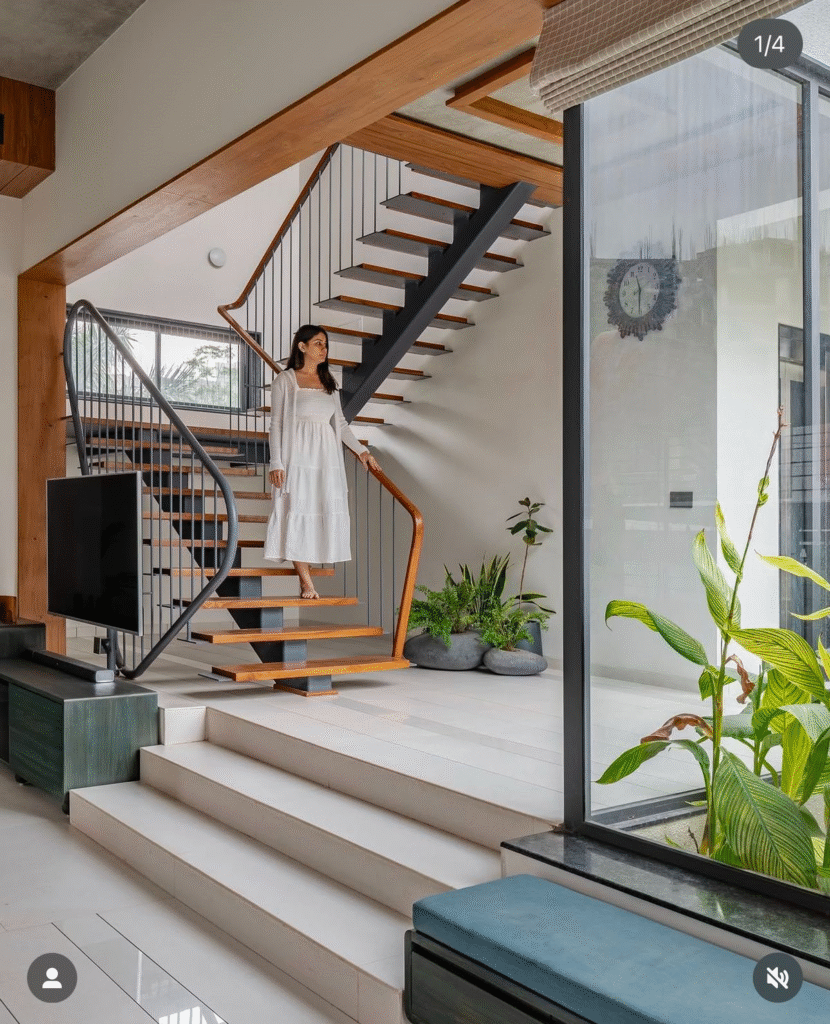
Case Study 1: The Cosmopolitan Nest
In a Gurgaon high-rise, newlyweds blend their backgrounds—her family’s love for Rajasthani art, his taste for Nordic simplicity.
- Living room: Neutral sofa, bold artwork, handwoven rug.
- Kitchen: White cabinets, brass handles, colorful hand-painted tiles as backsplash.
- Bedroom: Minimal furniture, antique trunk at the foot of the bed, textural throws.
Case Study 2: The Family Hub
A Mumbai family with three generations under one roof.
- Puja room: Ornate, full of brass and color.
- Living room: Contemporary lines, but filled with inherited curios and bold cushions.
- Kids’ room: Minimal furniture, but walls painted with playful murals.
Case Study 3: The Studio Sanctuary
A young professional in Bengaluru chooses balance.
- Desk corner: Clean, minimal, uncluttered.
- Lounge zone: Layered textiles, art, and books.
- Kitchen: Pops of color through ceramic containers and potted herbs.
Step-by-Step Guide: Designing Your “Just Right” Apartment
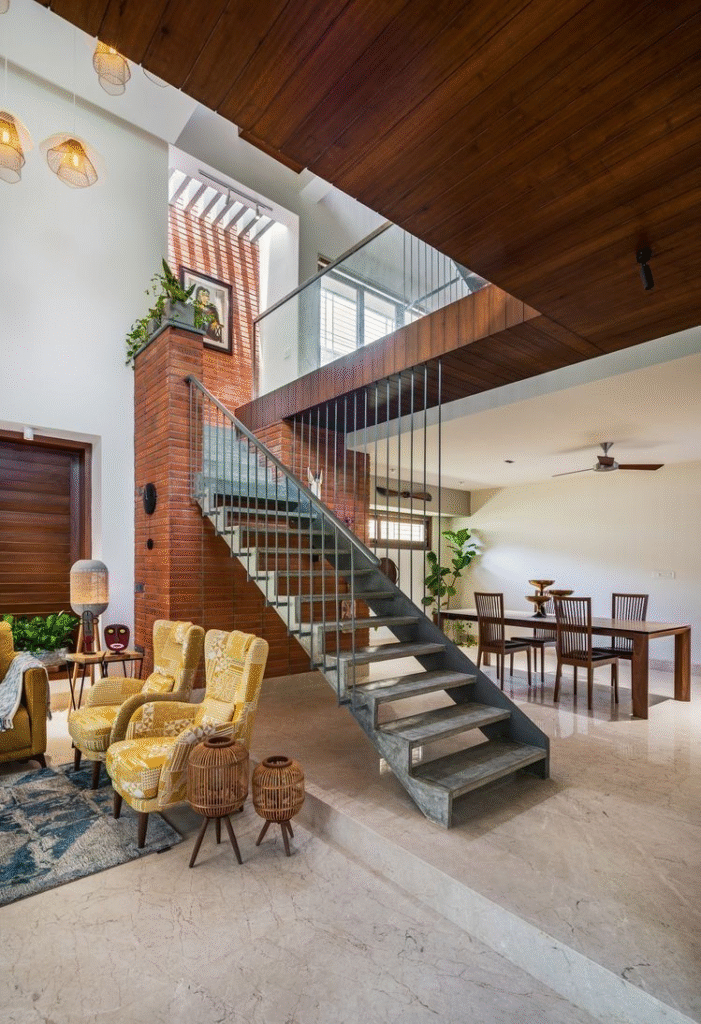
Step 1: Take Stock
List out everything you own. Rank items by emotional value, utility, and aesthetics.
Step 2: Identify Zones
Which parts of the apartment get the most use? Where do you seek calm, and where do you want vibrance?
Step 3: Create a Mood Board
Combine inspiration images of Indian maximalism (vintage, craft, color) and minimalism (lines, light, neutral). Merge ideas.
Step 4: Purge and Curate
Keep only items that serve a real purpose—functional, emotional, or aesthetic.
Step 5: Choose a Palette
Pick a base of neutrals, and layer with accent colors (through art, textiles, or small decor).
Step 6: Shop Mindfully
Each new item should fit your philosophy—spend on quality over quantity.
Step 7: Revisit and Refine
Over time, shift elements between rooms and experiment with new hybrids.
Practical Tips for Apartment Dwellers
- Dual-Purpose Decor: Use decorative items that offer utility—storage baskets, cushioned benches, bookshelves as room dividers.
- Rotate Display: Instead of crowding every shelf, rotate art or curios seasonally.
- Mirrors for Light: Minimalist spaces often use large mirrors to enhance light; maximalist ones use mirrors as art—combine both.
- Local Craft Meets Modern Function: Invest in hand-crafted storage units, stools, and planters.
- Pattern against Plain: Try patterned curtains with plain walls, or vice versa.
Sustainability and Wellness: The Heart of Balance

Adopting a middle path is not only pleasing to the eye—it’s good for the soul and the planet.
Environmental Impact
- Buy Less, Buy Better: Quality items last longer and reduce waste.
- Handmade and Upcycled: Celebrate Indian craft traditions by choosing upcycled or artisan-made items.
- Green Materials: Bamboo furnishings, stone countertops, recycled fabrics.
Mental Wellbeing
- Space to Breathe: Minimalism creates a sense of calm.
- Room for Memory: Maximalist accents preserve nostalgia and belonging.
- Natural Light: Both philosophies encourage letting in sunlight.
Finding Your Own “Middle Way”: No One-Size-Fits-All
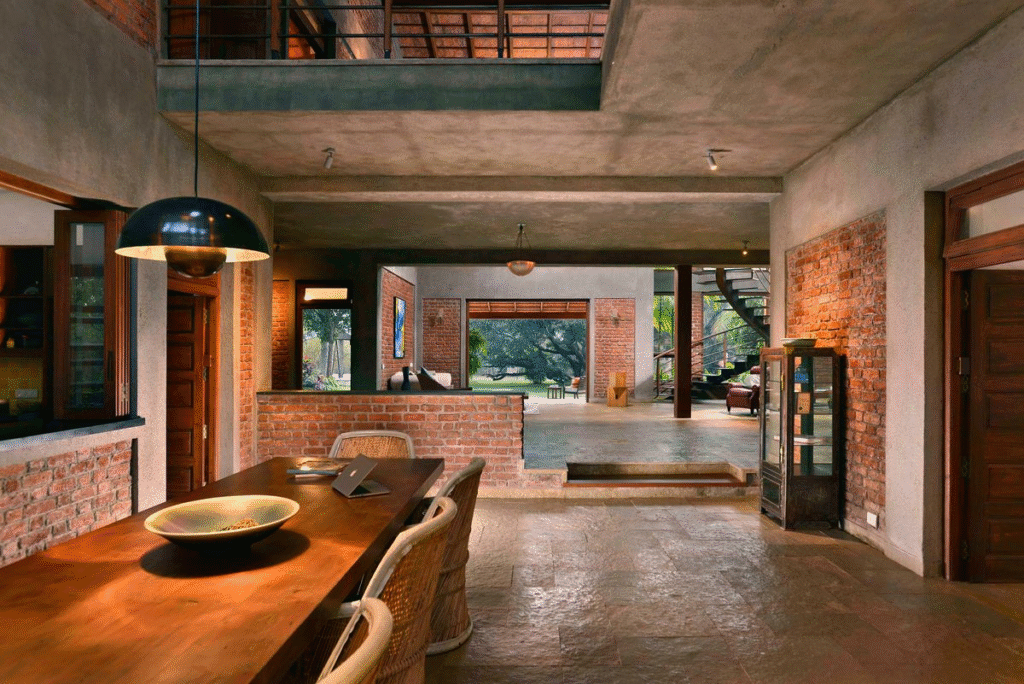
Above all, the middle ground is a deeply personal journey. Some may lean more toward maximalism in festival seasons, or minimalism during a busy year. What matters is intention.
Questions to Ask Yourself:
- What stories do I want my home to tell?
- What activities matter most to my family—entertaining, reading, relaxing?
- What colors and textures bring me happiness?
- How can I honor tradition without crowding out innovation?
Conclusion: Toward a Hybrid Harmony
Modern Indian apartment living is about more than adapting to small spaces—it’s about crafting environments that nurture, inspire, and comfort. By thoughtfully integrating maximalist exuberance with minimalist discipline, residents create homes that are not only stylish but deeply inhabited—where every object, every blank wall, every pattern is chosen with meaning.
The middle ground is not compromise—it is creative synthesis. It gives Indian urbanites the liberty to reinvent what home means, drawing from a thousand-year heritage but never being enslaved by it.
